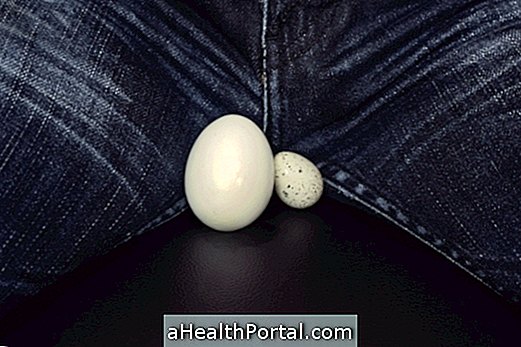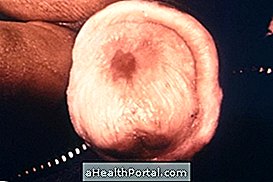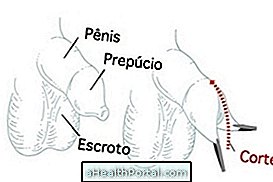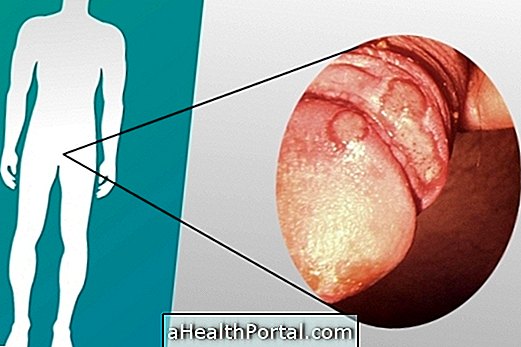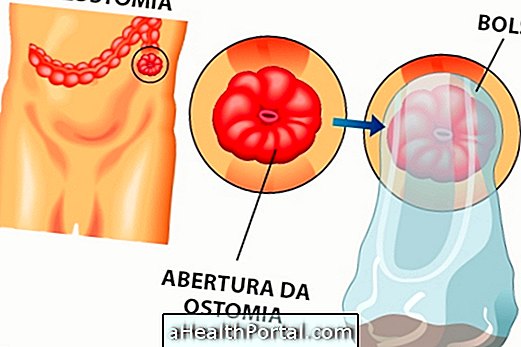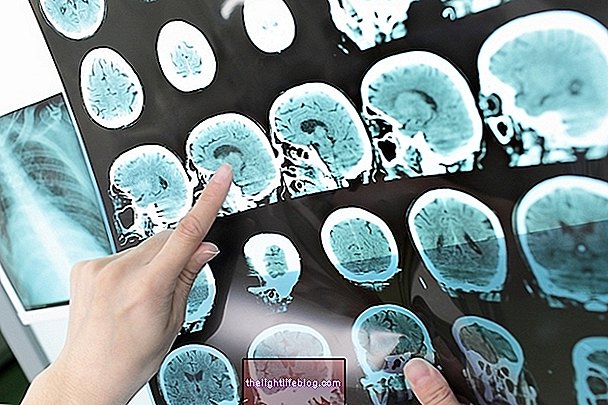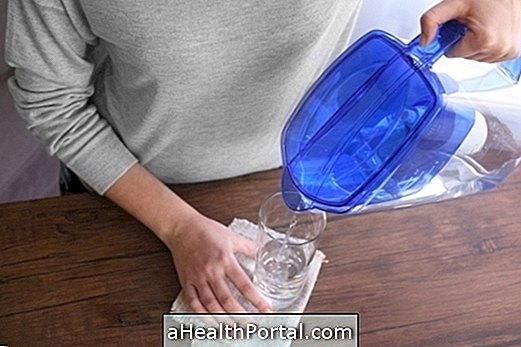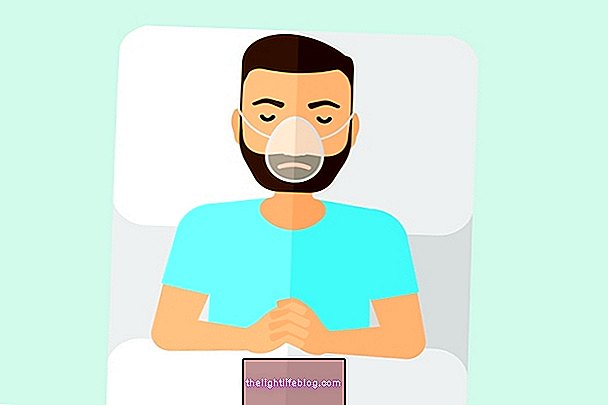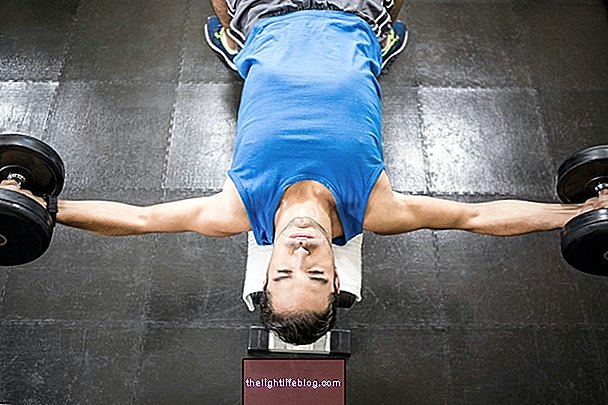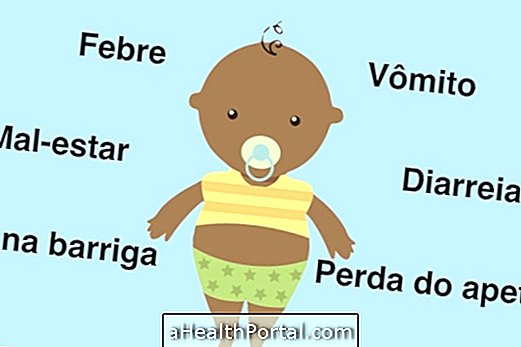Physical therapy should be part of the treatment for pubalgia, which is characterized by groin pain, because it is excellent for eliminating pain and prevent this pain from becoming more intense or frequent, thus improving the quality of life of the individual.
Pubalgia is more common in men who engage in frequent physical activity or play soccer or practice sporadically. This is caused by an inflammation in the region of the pubic symphysis, where the two hip bones meet previously. The main cause of pubalgia is excessive physical activity where there is excessive friction and decreased blood supply between these bones, causing increased tension in this tiny joint and in the nearest tendons.

Basically, the treatment of physical therapy for pubalgia consists of two phases, where the first is to decrease local inflammation and consequently pain, and the second to strengthen muscles to prevent the return of pain and stabilize the joint.
Phase 1:
- Ice on site for 15 minutes, 3 to 4 times a day
- Stretching of hamstring muscles, rectus femoris, iliopsoas, adductors, external rotators of hip and lumbar square
- Spinal and hip mobilization techniques (performed by the physiotherapist)
Level 2:
After approximately 3 to 4 days of treatment, when the pain subsides and it is possible to strengthen the muscles of this region, it can be added:
- Strengthening of the muscles of the legs, back and abdomen. Here are some examples.
- Walking on the exercise bike for 30 minutes
- Race straight
For the success of the treatment one must rest, leaving the training, during the treatment period that can take from 3 to 9 months. In some cases the orthopaedist may indicate taking anti-inflammatories for pain and inflammation control, accelerating recovery.
Exercises for pubalgia
These exercises help a lot in the recovery of pubalgia:
- Lying on your belly up put a soccer ball between your feet and press your feet to press the ball. Each pressure lasts for 30 seconds and is repeated 10 times.
- Abdominals in straight and lateral direction for 5 minutes.
- Balance exercises on a sloping surface for 5 minutes.
- Exercises in 1 foot on a slanted board. 1 minute with each leg.
- Lie on your belly down, place your hands on your head and raise your torso in 5 sets of 10 repetitions
- Lie on your stomach and raise your legs 90 degrees as if they were resting on an imaginary chair. The tip of the foot should point to your nose and your chin should be tilted down, rectifying the cervical spine. Hold this position for 5 minutes daily
- Lie on your side, bend your upper leg, resting your foot on the floor. Raise the lower leg without leaving the knee, repeating the movement 10 times.
These are only 2 examples of exercises but should not be performed without personal guidance from a physical therapist.
How to avoid a new pubalgia
To avoid the return of pain after treatment for pubalgia, the strengthening and stretching of the involved muscles should be performed. Strengthening the muscles of the inner legs is very important, since one of the possible causes of pubalgia is the increase in strength in the lateral muscles, which are much sought after in soccer kicking, for example.

